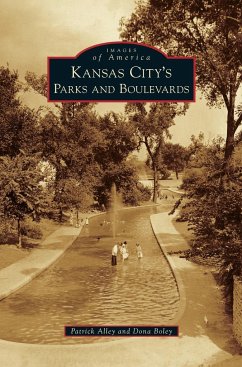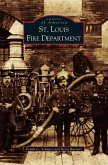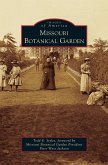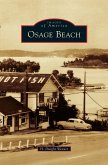A fast-growing frontier community transformed itself into a beautiful urban model of parks and boulevards. In 1893, East Coast newspapers were calling Kansas City "the filthiest in the United States." The drainage of many houses emptied into gullies and cesspools. There was no garbage collection service, and herding livestock through the city was only recently prohibited. Through the diligent efforts of a handful of recently arrived citizens, political, financial, and botanical skills were successfully applied to a nascent parks system. "Squirrel pastures," cliffs and bluffs, ugly ravines, and shanties and slums were turned into a gridiron of green, with chains of parks and boulevards extending in all directions. Wherever the system penetrated well-settled localities, the policy was to provide playgrounds, tennis courts, baseball diamonds, pools, and field houses. By the time the city fathers were finished, Kansas City could boast of 90 miles of boulevards and 2,500 acres of urban parks.
Bitte wählen Sie Ihr Anliegen aus.
Rechnungen
Retourenschein anfordern
Bestellstatus
Storno





